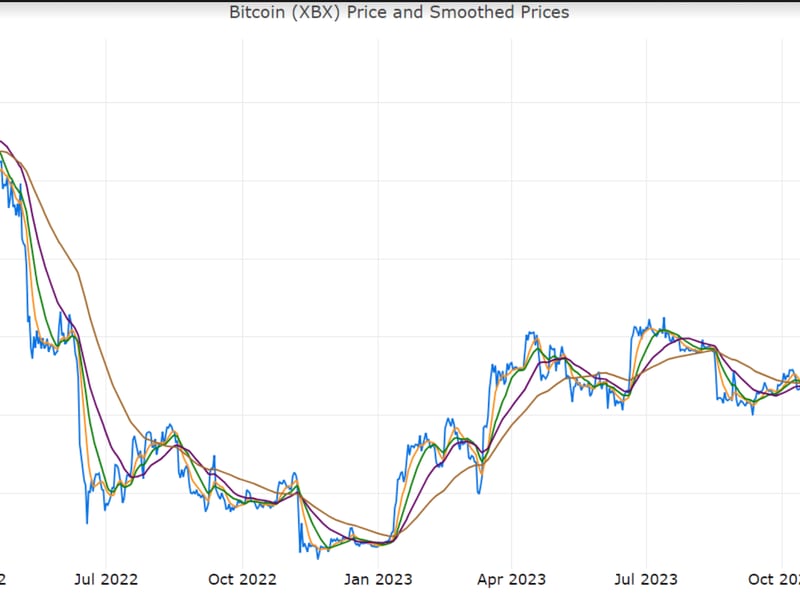Why Momentum Trading Works In Crypto

Cryptocurrency markets have emerged as a highly dynamic, global financial market offering unparalleled opportunities for both active traders and investors alike. With the introduction of our CoinDesk Trend Indicator suite of signals, we hope to assist crypto investors in identifying new opportunities and managing risk in this emergent and volatile asset class.
You’re reading Crypto Long & Short, our weekly newsletter featuring insights, news and analysis for the professional investor. Sign up here to get it in your inbox every Wednesday.

(Source: CoinDesk Indices Research)
In this post, we'll delve into the reasons why price trends exist and tend to persist in digital asset markets.
Why Does Momentum Trading Work Well in Cryptocurrency Markets?
While it is difficult to determine the exact rationale why a specific market price can exhibit persistent price changes and trending phenomena, there are a few that come to mind when considering the cryptocurrency market:
- Limited Attention of Investors
One of the key reasons momentum trading thrives in cryptocurrency markets is the constant availability of trading opportunities. Unlike traditional stock markets that have set trading hours, cryptocurrency markets are open 24/7, 365 days a year. This continuous trading environment means investors may miss important developments, and their portfolios and trading activities may lag to market news headlines or price changes.
On top of the human limitations of trading a market that never closes, many participants within the crypto markets are non-professional retail investors, who have a lot of other daily responsibilities besides crypto markets and newsflow. The net effect of these constraints on attention to the market creates opportunities for rules-based momentum traders to capitalize on the delayed reactions of market participants.
- Mechanical Feedback Trading
Leveraged trading and stop-loss orders often lead to mechanical feedback trading in cryptocurrency markets. When prices move in a sustained direction, stop-loss orders can be triggered and leveraged traders can be forced out of their losing positions, which adds to marginal buys or sells in the direction of the price move. This technical phenomenon can support and reinforce trending behavior, making momentum trading strategies particularly effective.
- Network Effects
Cryptocurrencies, especially bitcoin, ether and native blockchain tokens, are supported and driven by network effects – which is to say the value and utility of these token assets increase as more users and developers join the ecosystem. This compounded growth inherently promotes momentum. As the network effect strengthens, more investors are attracted, and prices tend to follow a continuous upward trajectory.
- Delay in Updating Views
Investor behavior is often characterized by a delay in updating views and an inclination to stick to strongly held prior beliefs. And for better or for worse, the cryptocurrency asset class is significantly more polarizing than existing and more established markets. This psychological bias can lead to investors holding outdated market views, despite contradictory market price developments.
For example, Trader A might stubbornly hold the belief that the market is still in a bull market cycle while the price trends lower. Conversely, Trader B might insist they are in the midst of a Crypto Winter, even as ether and bitcoin rally. Does this sound like anyone’s experience between 2022 into 2023?
For the reasons listed above, we should expect trending prices to persist in digital asset markets, making momentum indicators a useful strategy tool for any manager of crypto assets.
For the most current signals, the Bitcoin Trend Indicator and Ether Trend Indicator publish everyday at 4:00 p.m. ET.








